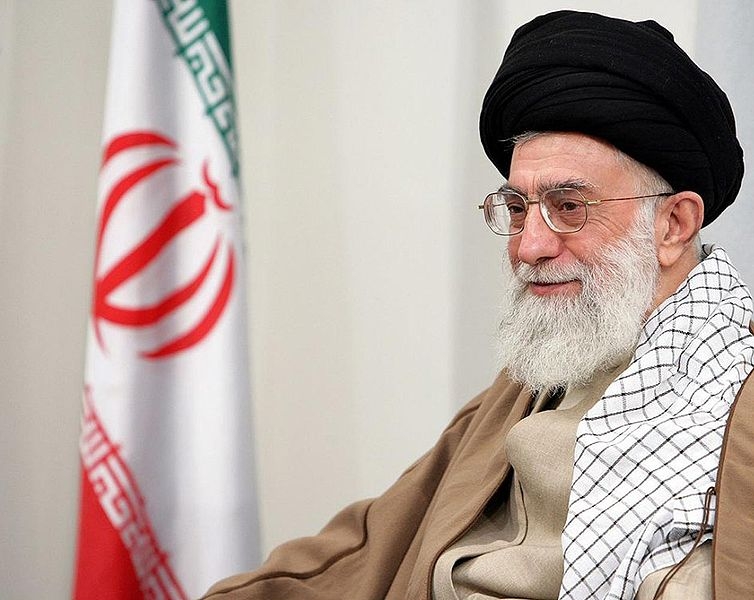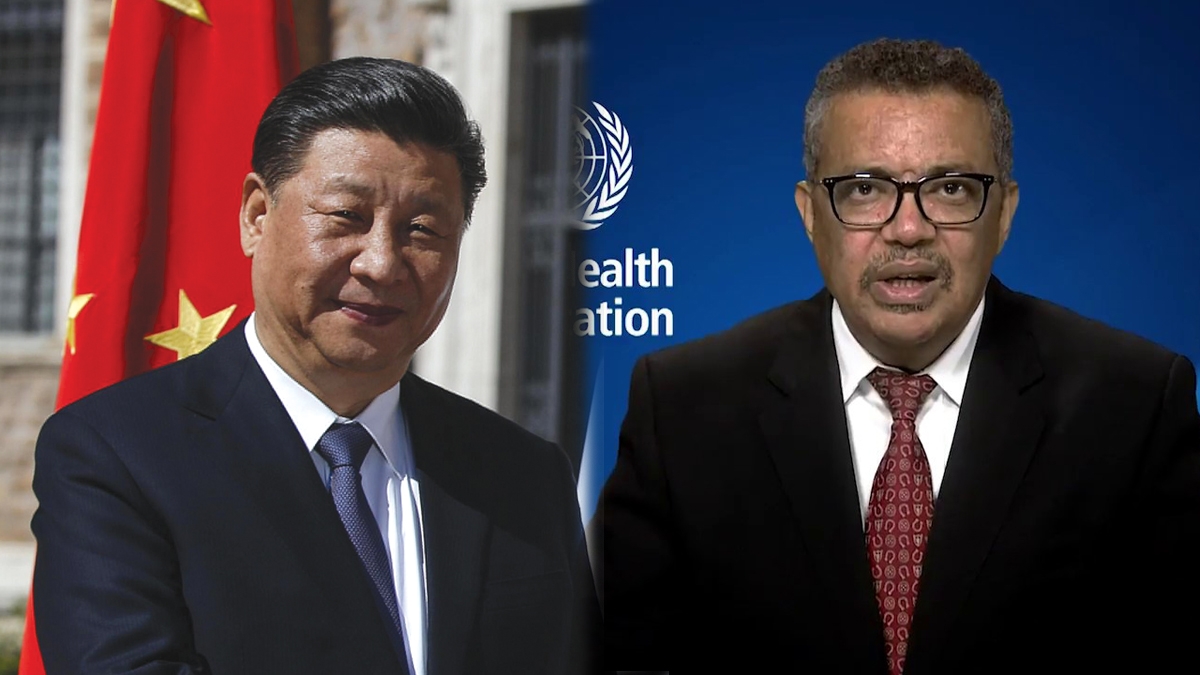
Deception, Virulence and a Bomb: Iran Obstinately Moves Closer to the Nuclear Tipping Point
The Canadian government’s sudden decision to sever all diplomatic ties with Iran earlier this month can be seen as a clear indication that, in the eyes of the Government of Canada, the Islamic Republic of Iran’s saber-rattling is fast-approaching the point of no return. Yet, in an attempt to avoid provoking a confrontation with Iran that could hurt his prospects of winning a second term, the President of the United States remains unwilling to draw a line in the sand addressing the consequences that would befall Iran should it not abandon its nuclear ambitions. Over a decade of American-led intelligence gathering, attempted diplomacy, cyber and industrial espionage and, more recently, months of what should have been crippling economic sanctions imposed upon Iran appear to be having little effect on slowing the Iranian regime’s quest to develop nuclear capabilities.
Under the political leadership of President Mahmoud Ahmadinejad and the spiritual and philosophical leadership of the Supreme Leader of Iran, Ali Khamenei, the Iranian government continues to threaten the destruction of Israel on a regular basis (Israel being a country which sits a little over 1,000 kilometers to the west of Iran and therefore remains well within the range of an Iranian missile attack). A nuclear-enabled Iran would likely serve as the catalyst for launching nuclear development programs in many neighboring anti-western Middle-Eastern countries, many of which, like Iran, are state sponsors of terrorism and clearly fall within the region that the George W. Bush administration referred to as “the arc of instability.”

Nevertheless, despite the stream of militant rhetoric and threats coming from Tehran, the Iranian government continues to claim that it is developing its nuclear program for civilian — and not military — purposes. However, evidence has revealed that Iran is continuing to enrich its uranium stockpiles well beyond the level required for civilian purposes such as power generation which the Iranian government purports to be its goal. That is despite the fact that Iran is home to close to 10% of the globe’s reserves of light sweet crude oil, a more-than-sufficient source of electrical power for Iran’s 74 million residents. In fact, enriching uranium to the level that is being undertaken by the Iranian regime can only serve one purpose: creating a nuclear weapon.
While the majority of those in the global intelligence, diplomatic and political professions are of the consensus that Iran continues to enrich uranium for the sole purpose of building a nuclear weapon, there is greater uncertainty about what might happen when Iran completes a nuclear bomb and about which delivery method or vehicle could be utilized to carry that nuclear weapon to a target. Some claim that the window of opportunity to prevent Iran from acquiring, and potentially using, a nuclear device against the target of its most virulent threats (Israel) may be wider than expected since, even if Iran were able to develop a working nuclear bomb, it would take years to develop an effective delivery system enabling Iran’s pre-existing ballistic missiles to carry a nuclear payload. While this technical difficulty may indeed be true, the window of opportunity to stunt the growth of Iran’s nuclear program is likely much narrower since a ballistic missile may well be the last method that the Iranians would use if they were to follow through on their threats to rid the Middle East of what Iranian President Mahmoud Ahmadinejad has recently called the “cancerous tumor” of Israel. The real threat lies in the delivery and detonation of an Iranian nuclear weapon in Israel through more subtle, covert and easier means — like the trunk of a car.

The Israeli government is well aware of this scenario and, unlike the current American administration, it appears to be more concerned about radioactive fallout from such a calamity rather than the political fallout that could damage an incumbent president’s re-election bid. The possibility of this worst case scenario is compelling the Israeli government and its Prime Minister, Benjamin Netanyahu, to consider unilaterally initiating a preemptive strike on Iran’s nuclear facilities — even though such a risky military maneuver could not guarantee a collapse of Iran’s nuclear program.
While such a preemptive military strike would doubtless lead to war with Iran, the retaliatory actions that Iran has threatened to take, should such a strike be executed, would be more destructive than the strike itself. High-ranking Iranian government officials have been threatening for quite some time to close the Strait of Hormuz (the narrow corridor in the Persian Gulf through which nearly 20% of the world’s oil exports travel each day) should Israel or any other nation attack Iran. Such a move by Iran would be short-lived since it would undoubtedly attract the full brunt of the American military upon the much smaller and much less well-equipped Iranian naval and air forces. Nonetheless such action would cause an economically crippling price spike in global energy markets that would translate into higher prices for all consumer products and would stunt the anemic economic growth to which the Western world is clinging as it pulls itself out of the deep recession that began in the fall of 2008. Even if the Strait of Hormuz were closed just for a day, the sky would be the limit on global crude oil prices.
Such a spike in global oil prices would be unimaginably damaging to the global economy since oil still is — and will remain for the foreseeable future — the lifeblood of any modern economy. A substantial increase in the price of oil slows economic growth, raising the price of everything from bananas to patio furniture and, in so doing, reduces general consumer spending and confidence. Such a result would clearly undermine President Barack Obama’s bid for re-election.








